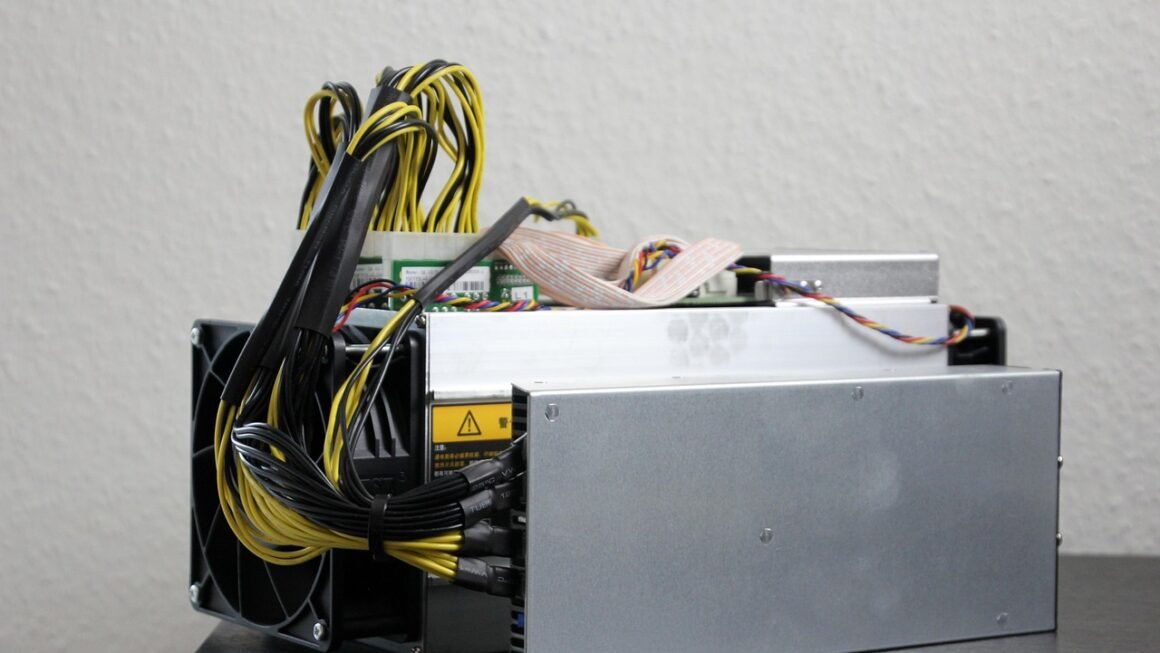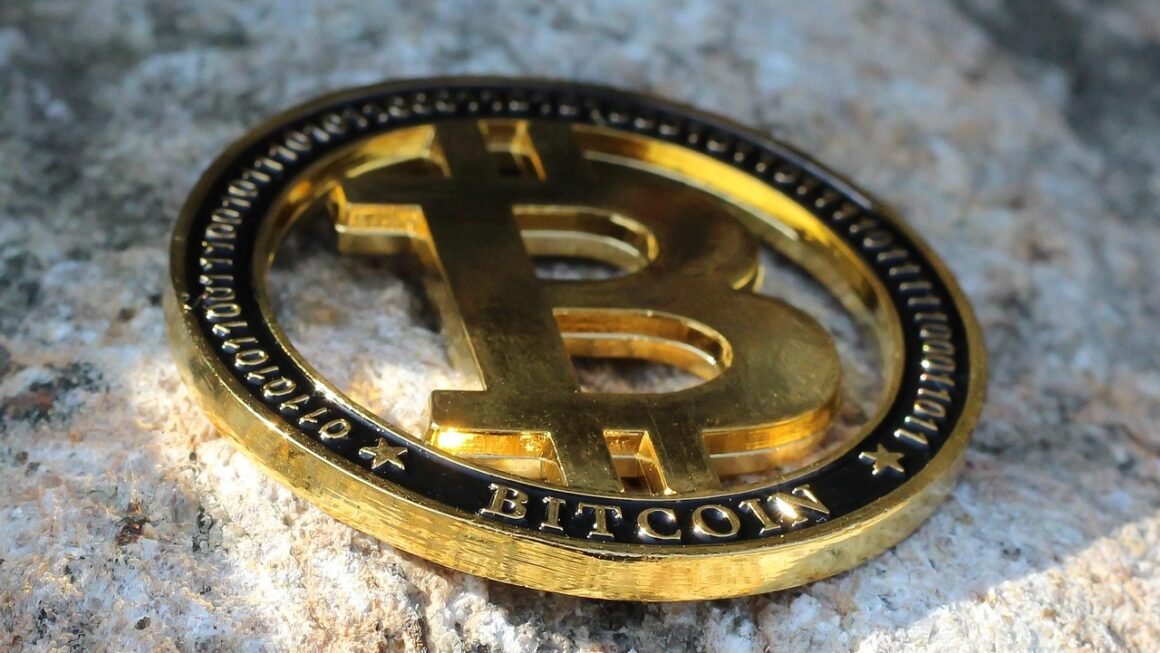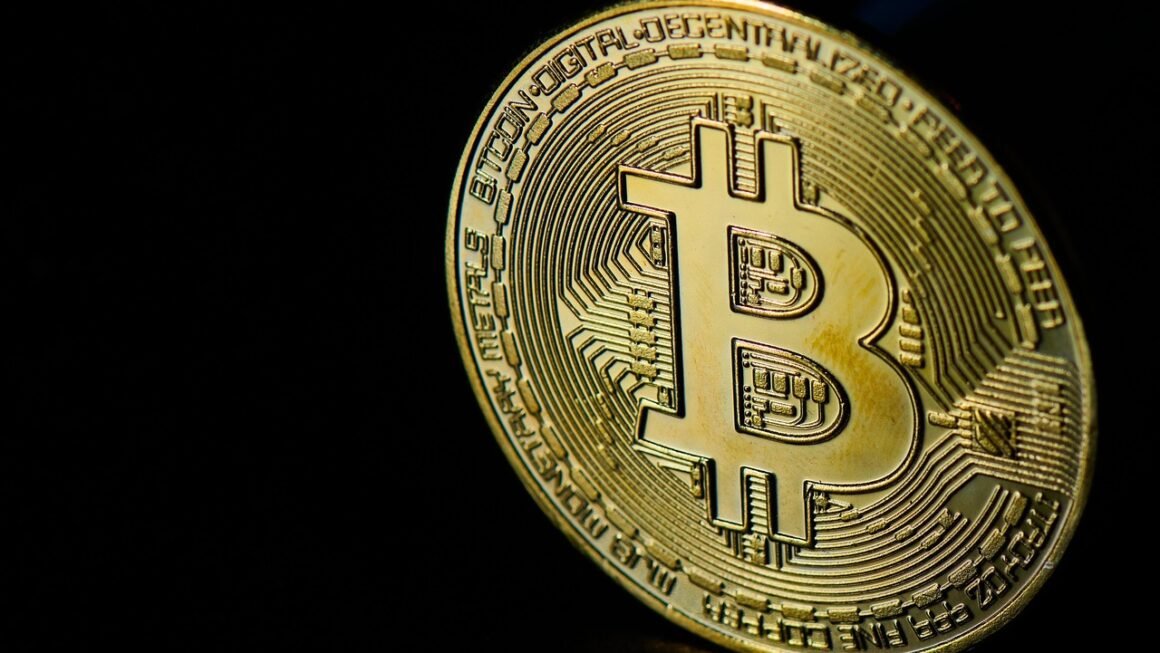Navigating the decentralized finance (DeFi) landscape can feel like charting uncharted waters, but understanding key concepts like liquidity pools is essential for anyone looking to participate. Liquidity pools are the backbone of decentralized exchanges (DEXs) and other DeFi applications, providing the necessary liquidity for seamless trading and earning opportunities. This guide will explore the inner workings of liquidity pools, their benefits, risks, and how you can leverage them to your advantage.
What are Liquidity Pools?
The Foundation of Decentralized Exchanges
Liquidity pools are essentially collections of tokens locked in a smart contract. These pools provide the liquidity needed for decentralized exchanges (DEXs) to function. Unlike traditional exchanges that rely on order books, DEXs use liquidity pools to enable users to trade directly with the pool’s assets.
- Automated Market Makers (AMMs): Liquidity pools are the key components of AMMs, algorithms that automatically determine the price of an asset based on the ratio of tokens within the pool.
- Example: Imagine a pool with 50 ETH and 100,000 USDT. The ratio determines the initial price of ETH, and every trade adjusts this ratio, thus influencing the price.
How Liquidity Pools Work
Here’s a breakdown of how liquidity pools facilitate trading:
- Liquidity Providers (LPs): Users who contribute tokens to a liquidity pool are known as LPs. They provide an equal value of two tokens (e.g., ETH and USDT) to the pool.
- Trading Mechanism: When someone wants to trade ETH for USDT, they swap their ETH for USDT from the pool. The price is determined by the AMM algorithm.
- Fees: Traders pay a small fee for each trade, which is distributed proportionally to LPs as a reward for providing liquidity.
- Impermanent Loss: A key concept to understand is impermanent loss. This occurs when the price ratio of the tokens in the pool changes, potentially resulting in LPs having less value than if they had simply held the tokens outside the pool.
Benefits of Liquidity Pools
- Decentralization: Enables trading without intermediaries, fostering a permissionless and transparent financial system.
- Accessibility: Anyone can become a liquidity provider with even small amounts of capital.
- Earning Potential: LPs earn fees from trades, providing a passive income stream.
- Liquidity for Emerging Tokens: Provides a market for new and less liquid tokens that might not be listed on centralized exchanges.
Participating as a Liquidity Provider
Providing Liquidity
Becoming a liquidity provider involves depositing an equivalent value of two tokens into a liquidity pool. Here’s a step-by-step guide:
Assessing Risk: Impermanent Loss
Impermanent loss is a critical aspect of liquidity pool participation. It happens when the price ratio of the two tokens in the pool diverges, leading to a decrease in the value of your assets compared to simply holding them.
- Example: You deposit $100 worth of ETH and $100 worth of USDT. If ETH price doubles, the AMM will rebalance the pool to reflect the new price ratio. When you withdraw, you might receive less than $200 worth of assets, because the AMM sold some ETH to maintain the balance. You would have been better off holding the ETH.
- Mitigating Impermanent Loss:
Stablecoin Pools: Providing liquidity to pools with stablecoins minimizes price divergence and therefore, impermanent loss.
Volatile Asset Pairs: While riskier, volatile asset pairs can potentially generate higher trading fees.
Monitoring: Continuously monitor the pool’s performance and consider adjusting your positions as needed.
Strategies for Optimizing Returns
Optimizing your liquidity providing strategy can significantly impact your returns:
- Reinvesting Rewards: Regularly reinvest earned fees back into the pool to compound your earnings.
- Choosing Pools with High Volume: Higher trading volumes typically result in higher fee earnings.
- Staking LP Tokens: Some platforms allow you to stake your LP tokens to earn additional rewards, further boosting your returns.
Understanding Automated Market Makers (AMMs)
How AMMs Determine Prices
AMMs use mathematical formulas to determine the price of assets within a pool. The most common formula is the “constant product formula,” represented as x y = k, where x and y represent the quantities of the two tokens in the pool, and k is a constant.
- Mechanism: As traders swap tokens, the ratio of x and y changes, adjusting the price to maintain the constant k.
- Price Impact: Larger trades can significantly impact the price, particularly in pools with lower liquidity.
Types of AMMs
Different AMMs use varying formulas to optimize trading and liquidity provision:
- Constant Product AMMs (e.g., Uniswap): Uses the x y = k* formula, suitable for a wide range of tokens.
- StableSwap AMMs (e.g., Curve): Designed for stablecoins, minimizing slippage and impermanent loss.
- Concentrated Liquidity AMMs (e.g., Uniswap v3): LPs can specify a price range where they want their liquidity to be active, increasing capital efficiency.
Evaluating AMM Performance
Assessing an AMM’s performance involves analyzing various metrics:
- Slippage: The difference between the expected price of a trade and the actual price executed. Lower slippage indicates better liquidity.
- Trading Volume: Higher trading volumes suggest greater demand and potentially higher fee earnings.
- Liquidity Depth: The amount of tokens available in the pool. Deeper liquidity reduces slippage and price impact.
Risks and Considerations
Security Risks
Liquidity pools are not without risks. Security vulnerabilities in smart contracts can lead to significant losses:
- Smart Contract Exploits: Bugs or vulnerabilities in the smart contract code can be exploited by hackers.
- Rug Pulls: Malicious developers can drain the liquidity from a pool, leaving LPs with worthless tokens.
Regulatory Uncertainty
The regulatory landscape surrounding DeFi is still evolving. Changes in regulations could impact the legality and viability of liquidity pools.
Smart Contract Audits
Always choose pools from projects that have undergone rigorous smart contract audits by reputable firms. This reduces the risk of vulnerabilities.
- Example: Before providing liquidity, check if the project has published audit reports and address any identified issues.
Conclusion
Liquidity pools are a crucial innovation in the DeFi space, enabling decentralized trading and creating earning opportunities for users. By understanding how liquidity pools work, the associated risks, and strategies for optimizing returns, you can navigate the DeFi landscape more effectively. While risks like impermanent loss and smart contract vulnerabilities exist, careful research and risk management can help you harness the power of liquidity pools to achieve your financial goals in the decentralized world.



